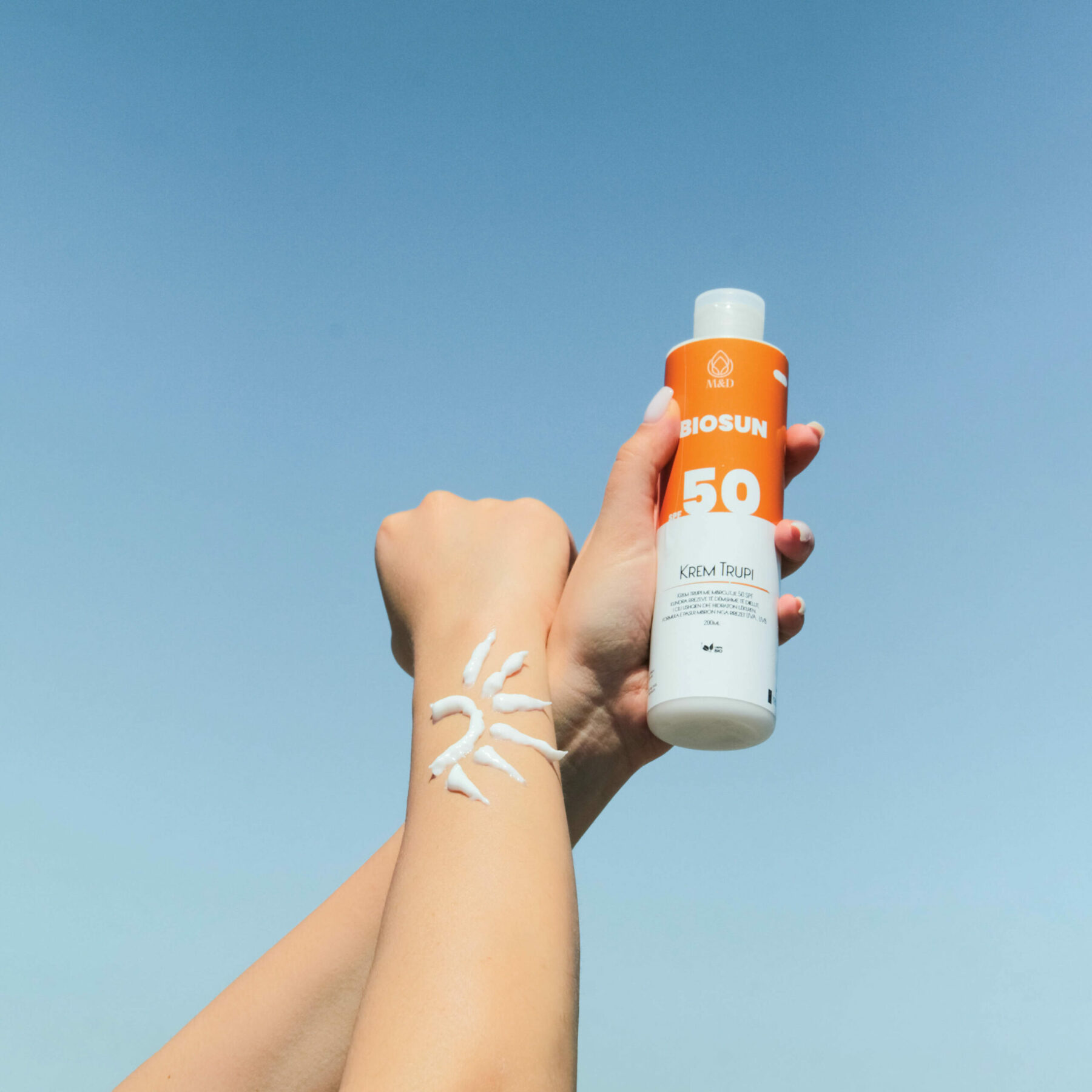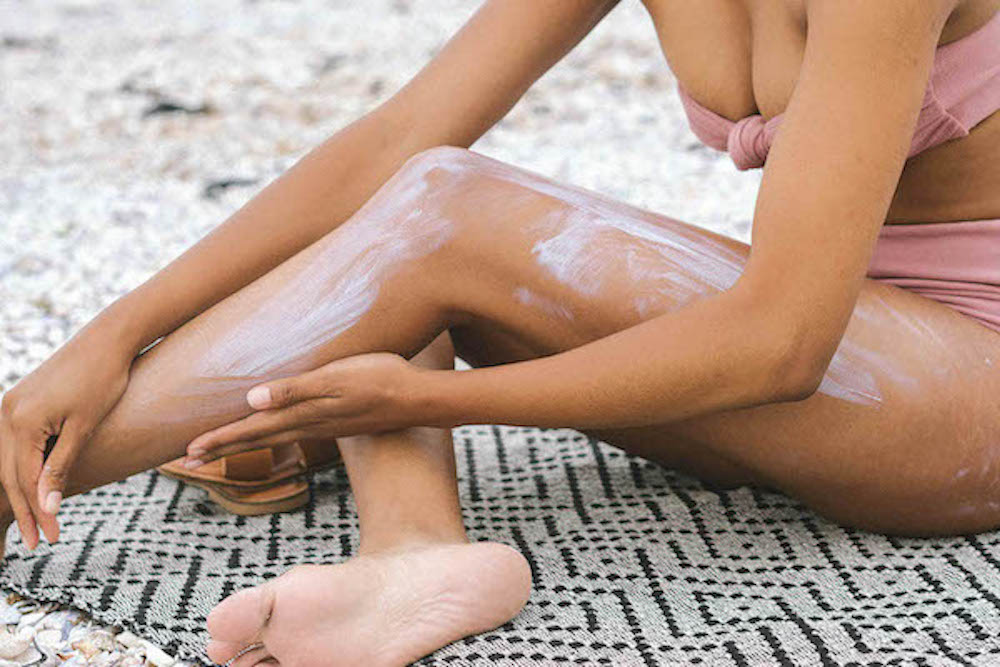Is DIY Sunscreen a Bright Idea?

Summer is here and with it comes sand hiding in between your toes, freshly squeezed lemonade and beach time trends. One trend that has made its way into the limelight is DIY sunscreen. Now it may be impossible to combat elusive sand or to perfect your lemonade recipe, but protecting your skin from harsh sunlight is as easy as a trip to any general store.
You may hear more people talk about DIY sunscreen — how it can be a vegan or an organic option to protect your skin — but is it safe? In short, making your own sunscreen, as attractive as the idea sounds, is not guaranteed safety from the harsh rays produced by the sun.
“One formulating their own sunscreen is not worth the risk of the consequences of a bad sunburn,” says Dr. Emily Wood, a board-certified dermatologist from Westlake Dermatology.
Unfortunately, the oils typically used in DIY sunscreen lack vital traits that make sunscreen such a good deterrent for sunburns.
Know the Label
Sunscreen labels have some complex ingredients and acronyms that can make them feel like they’re written in a different language. It’s helpful to break down some terms to know.
For starters, sunscreen is typically measured by SPF, aka sun protection factor.
Wood says that SPF measures how much UV radiation-protected skin can withstand compared to unprotected skin. For instance, SPF 50 can protect skin 50 times longer in the sun compared to unprotected skin.
UVA/UVB refers to ultraviolet rays, which cause the damage you actively avoid when in the sun. Wood recommends aiming for something with SPF 50, as it blocks out roughly 97% of UV rays.
When sunscreen claims to be “broad-spectrum,” this means it protects you from both UVA and UVB rays.
“UVB rays are largely responsible for pre-cancerous and cancerous skin growths,” Wood says. “While UVA rays contribute to aging and the breakdown of collagen.”
A large misconception is that sunblock is just another word for sunscreen, but it’s actually different. Wood says sunscreen is a chemical that absorbs sun rays protecting your dermal layer while sunblock rests on top of your skin to physically block the sun’s rays. It’s common for most products to have both sunscreen and sunblock.
By understanding the labels, and therefore understanding what ingredients should go into sunscreen, you can better know what to look out for.
“I prefer a mineral-based sunscreen that includes zinc oxide and/or titanium dioxide,” Wood advises. “These offer the most broad-spectrum coverage against both UVA and UVB rays.”

Lather, It’ll Get Rinsed, So Repeat
Putting on sunscreen can be tedious, especially trying to get all the hard-to-reach areas, but your skin protection is worth the hassle. Even if you’re not getting in the water, you naturally perspire, so Wood recommends reapplying your sunscreen throughout the day. She advises applying sunscreen every two hours and even more frequently if you sweat or get in the water.
“Sunscreen washes off, even if the product is considered ‘water-resistant,’” Wood says. “(Also), keep in mind that even on cloudy days, there is significant UV radiation present.”
According to Wood, most adults don’t apply an adequate amount of sunscreen, so aim to use about a shot glass worth for each application.
Alternative Protection Methods
You can protect your skin beyond sunscreen by wearing accessories like hats, sunglasses and shirts.
“When looking for a good sun hat, look for a hat with a 4-inch brim so the ears and nose are protected,” Wood says.

Courtesy of Dr. Emily Wood
Wood says to make sure your sunglasses can block 100% of UVA/UVB rays as the sun can damage the surface of your eyes. Investing in clothes with SPF 50 protection is also a wise choice.
“Most people do not realize a regular T-shirt only offers sun protection of about SPF 5,” Wood says.
Beyond clothing, Wood says you can also take supplements to help fight against the sun’s rays. Find supplements that contain polypodium leucotomos, like SUNISDIN and Heliocare, for added protection!
Keep in mind that these supplements aren’t supposed to be a replacement for sun protection but rather an added layer of defense.
The Perfect Fit
Although DIY sunscreen may not be the safest option, just know that your luck hasn’t run thin. Wood points out that affordable, effective sunscreen does exist.
Whether you are trying to avoid sunscreen with oxybenzone or needing something for sensitive skin, trying new products or speaking to your dermatologist can help you find the perfect match!






